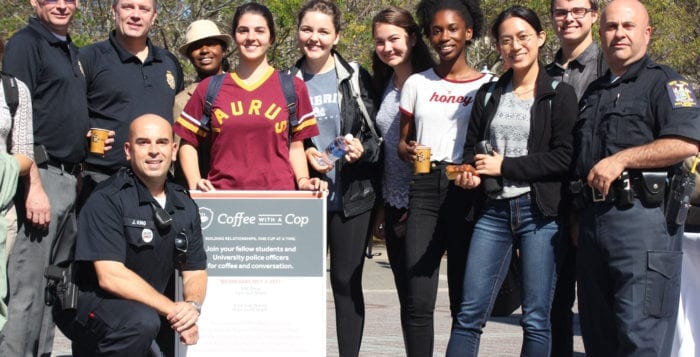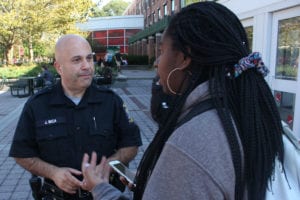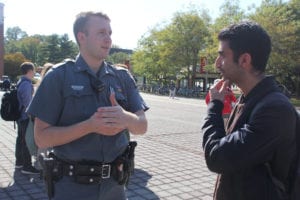By Kevin Redding
A mother-daughter duo from Rocky Point raised thousands of dollars last weekend to help those with epidermolysis bullosa — a rare and painful skin disease that hits close to home.
Donna McCauley, who was born with the genetic condition that causes the skin to blister and tear at the slightest friction, and her daughter Kelly, a former Girl Scout, raised $4,000 during the 3rd Annual Butterfly Breakfast for a Cure fundraiser Nov. 4 at Applebee’s in Miller Place. More than 100 locals gathered at the restaurant to eat pancakes, take part in a Chinese auction with huge prizes for adults and kids and learn about “EB,” which is largely considered “the worst disease you’ve never heard of” and affects one in 20,000 births in the United States.
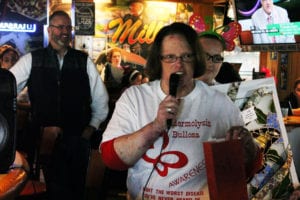
All proceeds are going toward Debra of America, a New York City-based nonprofit that provides assistance and support to families with children born with the disease through funding research for a cure and treatment initiatives.
As a teenager, Donna McCauley, whose parents were told she was going to die young from this “genetic anomaly,” made a conscious choice not to let EB — which turns run-of-the-mill activities like getting out of bed, taking clothes on and off and showering into daily struggles — define her life. Instead, she strived to be a role model for other “butterfly children,” a term given to young people with the disease, as their skin is said to be as fragile as a butterfly’s wings.
She became involved with Debra when she was 16, which opened her eyes to a community of others like her, and made sure to get her license, go to college and pursue jobs, vowing “not to be afraid to live” despite her condition.
“I can sit in the corner and rock and be sad, or I can get up and do what I need to do,” said McCauley, 49, who lives in constant pain and must wrap her wounds in bandages each day in order to prevent infections. She is currently in a clinical trial for a new treatment drug by Amicus Therapeutics that helps mend her wounds. “Things like this fundraiser give me hope that people become more aware, and more money is raised. Each day they are getting closer to finding a treatment and a cure.”
Although McCauley has been the face of the event since it started in 2015, the Rocky Point resident who referred to herself as a professional volunteer and remains a coordinator with local Girl Scout troops, pointed to her daughter as the real driving force behind the fundraiser.
“I can sit in the corner and rock and be sad, or I can get up and do what I need to do.”
— Donna McCauley
“One of the things that strikes me the most is that Kelly has a sense of empathy and compassion that I don’t think you can teach,” McCauley said. “I’m so proud of her initiative to make other people more aware of disabilities. She has always been the person who includes the one that isn’t included.”
Kelly McCauley, 19, a current student at Dominican College in Orangeburg, New York, started advocating for EB support as a sophomore at Rocky Point High School by selling bracelets decorated with butterflies to peers and administrators and ended up raising $500 for Debra. This prompted her to want to step things up a notch, and she soon went door to door to local businesses in search of a venue for her own bigger and better fundraiser.
McCauley’s daughter said growing up and witnessing her mom’s perseverance encouraged her to get involved in the first place.
“I saw just how strong she was and how much it took for her just to wake up every day,” she said. “She’s definitely the strongest woman I know. This disease is so much on a person. You wake up and you hurt no matter what. But she still gets up, she goes to church, she volunteers, she works as a religion teacher — she does all these things even though she’s always in some sort of pain.”
McCauley’s determination to live a normal life has served as a foundation for her younger brother, Bob Newfield, a Setauket resident who was also born with EB.
“It’s tough — what would take most people 15 minutes to get ready for work in the morning takes me an hour,” Newfield said. “But there are other things in life that are tough too, so you just have to deal with the cards you’re given. It’s such a rare disease and doesn’t get the funds it needs.”

His wife, Marianne, explained how it’s been to observe the disease firsthand.
“His mind wants to go, go, go, but his body holds him back at times — but those with it are the strongest people I know,” she said. “They don’t really let anything get them down. Bob puts on a happy face every day even though his feet kill him; many days are hard.”
Residents that donated to the cause by purchasing raffle tickets ranged from those living with the disease to others who had never heard of it before.
Bonnie Harris, who grew up in Port Jefferson, said she and a majority of her family have the condition.
“The disease itself doesn’t get better when you get older, but you get better as you get older,” Harris said. “You’re not as clumsy when you’re falling and you’re able to take care of it better. My mom, who had it, always said, ‘You can do anything you want to do — you just have to work harder than everybody else.’”
Miller Place resident Joan Lowry heard of the fundraiser through St. Louis de Montfort R.C. Church in Sound Beach, a parish where McCauley is extremely active.
“There are too many people who fall in the cracks and need the help,” Lowry said, “and that’s the reason I’m here.”
If you wish to make a contribution, visit Debra.org/butterflybreakfast2017.

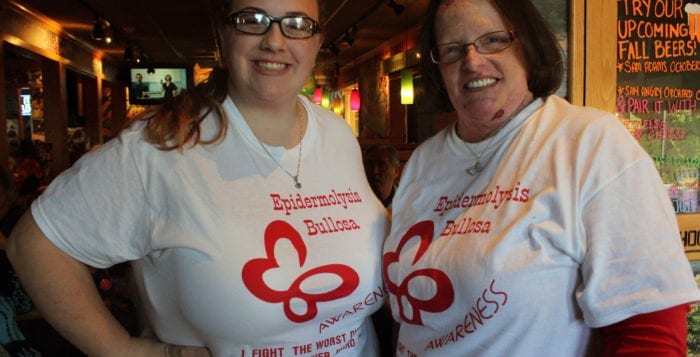
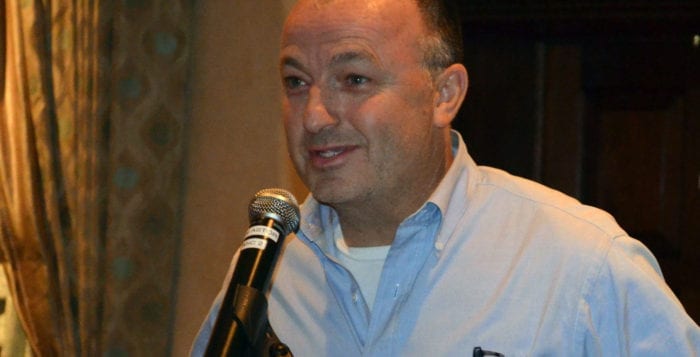
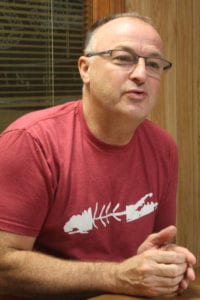



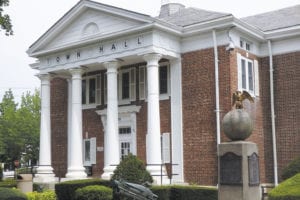
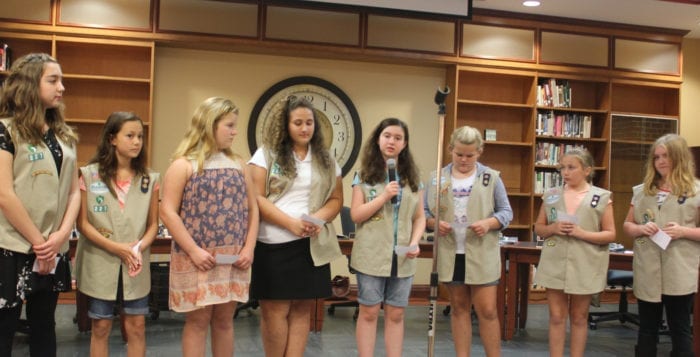


 I can’t remember a time when I wasn’t enamored with Halloween and, by default, horror in general. It could be argued that my birthday falling in late October has something to do with an obsession with the macabre, but I can’t help but think it goes way beyond that.
I can’t remember a time when I wasn’t enamored with Halloween and, by default, horror in general. It could be argued that my birthday falling in late October has something to do with an obsession with the macabre, but I can’t help but think it goes way beyond that.








